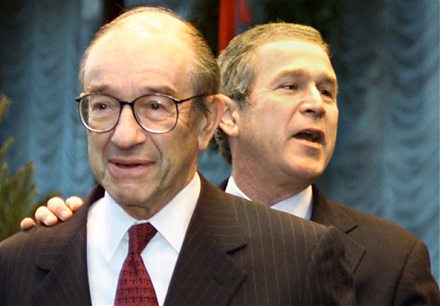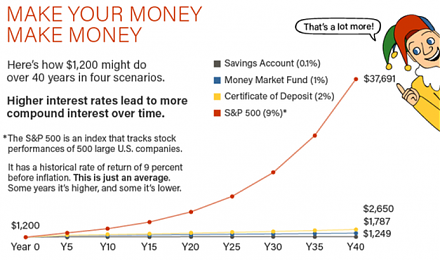

2019-06-11 12:33:00 Tue ET
federal reserve monetary policy treasury dollar employment inflation interest rate exchange rate macrofinance recession systemic risk economic growth central bank fomc greenback forward guidance euro capital global financial cycle credit cycle yield curve
Dallas Federal Reserve Bank President Robert Kaplan expects the U.S. economy to grow at 2.2%-2.5% in 2019-2020 as inflation rises a bit. In an interview with Fox Business Network, Kaplan indicates that it might be too soon to gauge the ripple effects of U.S. tariffs on core Chinese and European imports, dollar gyrations, and inflationary concerns.
As the Federal Reserve remains patient on the next monetary policy adjustments, credible central bank communication can help circumvent financial imbalances in the U.S. real economy. Meanwhile, the Sino-American trade tension intensifies, so many stock market analysts now consider low inflation to be transitory. As Federal Reserve balance sheet shrinkage continues, some stock market analysts expect this balance sheet strategy to halt in light of higher U.S. Treasury bond yields. The higher yields may inadvertently tighten credit conditions for mortgage borrowers and corporate debtors. In this negative light, this logic leads to financial imbalances in the form of exorbitant mortgage and business debt. These financial imbalances can exacerbate the real estate and business debt dilemma. When push comes to shove, monetary policymakers need to consider the potential ramifications of credit supply shortage before Federal Reserve steers the next interest rate adjustments.
If any of our AYA Analytica financial health memos (FHM), blog posts, ebooks, newsletters, and notifications etc, or any other form of online content curation, involves potential copyright concerns, please feel free to contact us at service@ayafintech.network so that we can remove relevant content in response to any such request within a reasonable time frame.
2025-02-02 11:28:00 Sunday ET

Our proprietary alpha investment model outperforms most stock market indexes from 2017 to 2025. Our proprietary alpha investment model outperforms the ma
2018-01-21 07:25:00 Sunday ET

As he refrains from using the memorable phrase *irrational exuberance* to assess bullish investor sentiments, former Fed chairman Alan Greenspan discerns as
2022-11-15 10:30:00 Tuesday ET

Stock market misvaluation and corporate investment payout The behavioral catering theory suggests that stock market misvaluation can have a first-order
2019-11-06 12:29:00 Wednesday ET

Our fintech finbuzz analytic report shines fresh light on the fundamental prospects of U.S. tech titans Facebook, Apple, Microsoft, Google, and Amazon (F.A.
2018-12-21 11:39:00 Friday ET

The Internet and telecom conglomerate SoftBank Group raises $23 billion in the biggest IPO in Japan. Going public is part of the major corporate move away f
2017-04-07 15:34:00 Friday ET

Would you rather receive $1,000 each day for one month or a magic penny that doubles each day over the same month? At first glance, this counterintuitive